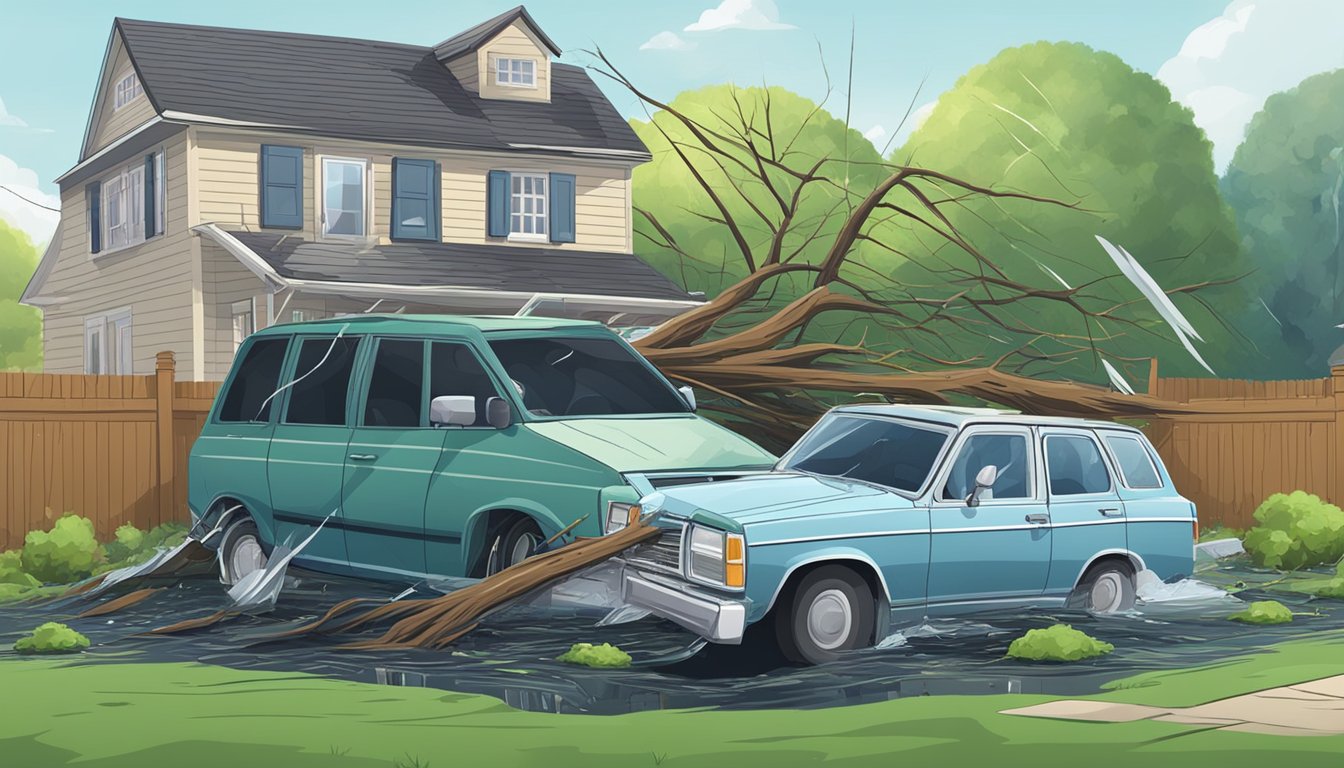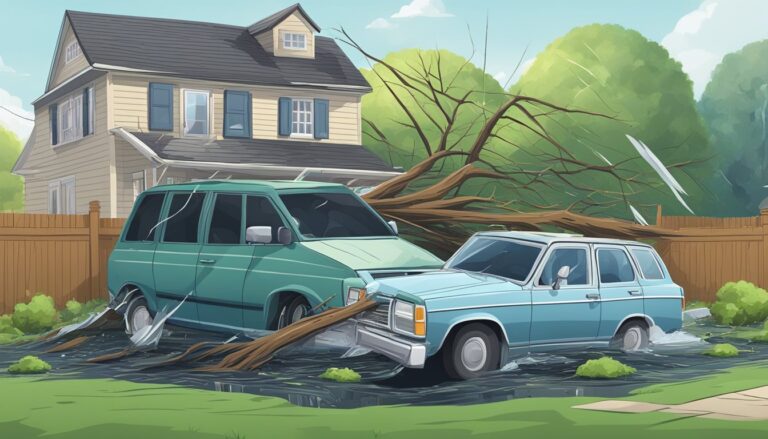Understanding Collision and Comprehensive Coverage
Collision and comprehensive coverage are essential parts of auto insurance.
They protect your vehicle from different types of damage, making them crucial for safeguarding your investment.
What Does ‘Collision Coverage’ Mean?
Collision coverage pays for repairs to your car if you hit another vehicle or object.
This includes accidents with another car, hitting a tree, or damage from potholes.
It covers the repair cost or replacement cost of your vehicle up to its actual cash value, minus the deductible.
If you have a loan or lease on your car, collision coverage is often required.
The insurance cost can be higher in states with more accidents, like Louisiana, compared to states like North Dakota.
Collision coverage is crucial for expensive vehicles since repair costs can be high.
What Does ‘Comprehensive Coverage’ Mean?
Comprehensive coverage takes care of non-collision damage.
This includes theft, vandalism, fire, natural disasters, and damage from falling objects.
It also covers hitting an animal, which collision coverage does not.
Comprehensive car insurance tends to be cheaper than collision insurance.
In 2020, the average annual cost in the U.S. was $174.26.
It is often optional but may be required by your lender if you are financing or leasing your vehicle. Comprehensive insurance can give you peace of mind by covering a wide range of potential damages beyond collisions.
Examples of Insured Events and Claim Scenarios

Comprehensive and collision coverage protect your vehicle from different types of damages.
Below are specific examples of insured events under each type of coverage to help you understand what might be covered.
Examples of ‘Collision Coverage’ in Practice
Collision with Another Vehicle: If you get into an accident with another car, your collision coverage could help cover the repair costs for your vehicle.
This type of coverage handles damages even if you are at fault.
Single-Car Accidents: Whether you hit a tree, fence, or building, collision coverage will assist in paying for the damages.
This is crucial for any accident involving only your car.
Vehicle Totaled: In cases where the repair costs are too high, and your car is deemed totaled, collision coverage may help pay you the salvage value of the vehicle, minus your deductible.
Examples of ‘Comprehensive Coverage’ in Practice
Natural Disasters: Events like floods, tornadoes, and hurricanes can severely damage your vehicle.
Comprehensive coverage will help cover these losses, sparing you large out-of-pocket expenses.
This includes floods and other weather-related incidents.
Theft: If your car is stolen, this coverage can assist in reimbursing you for the vehicle’s market value.
Car theft can be financially devastating, so having comprehensive insurance is beneficial.
Wildlife and Vandalism: Damages caused by hitting an animal or acts of vandalism are also covered.
For instance, if a deer darts in front of your car, or someone damages your car intentionally, you’re protected.
Weather Events: Comprehensive coverage includes protection against hailstorms, wind, and storms that might cause glass damage or other vehicle damage.
Explosions and Riots: In case of violence or civil unrest that results in car damage, comprehensive coverage will step in to cover your loss.
This also includes damages from explosions that might occur.
Related Coverage Terms and Insurance Considerations
Understanding comprehensive car insurance is crucial, but it’s also essential to be familiar with related coverage terms and considerations to make informed decisions.
This includes other types of coverage, deductibles, and how your insurance choices can affect your financial situation.
Related Terms
Deductible: The amount you pay out of pocket before your insurance covers the rest.
Higher deductibles usually lower your premium but mean more costs if you file a claim.
Collision Insurance: Covers repairs or replacement after collisions, unlike comprehensive coverage which handles non-collision incidents like theft or hitting an animal.
Full Coverage: Combines liability, comprehensive, and collision insurance.
It offers extensive protection but comes at a higher insurance cost.
Optional Coverage: Includes add-ons like glass coverage or rental reimbursement.
These can provide extra peace of mind but increase your rates.
Insurance Cost: Factors like your car’s age, mileage, and your driving history affect the cost.
Older cars might make full coverage less financially sensible due to lower repair costs.
Lender Requirements: If you finance or lease your car, your lender usually requires comprehensive and collision insurance.
This protects their investment.
Consider these terms and factors when choosing auto insurance to ensure you get the best coverage for your needs while managing your expenses effectively.






